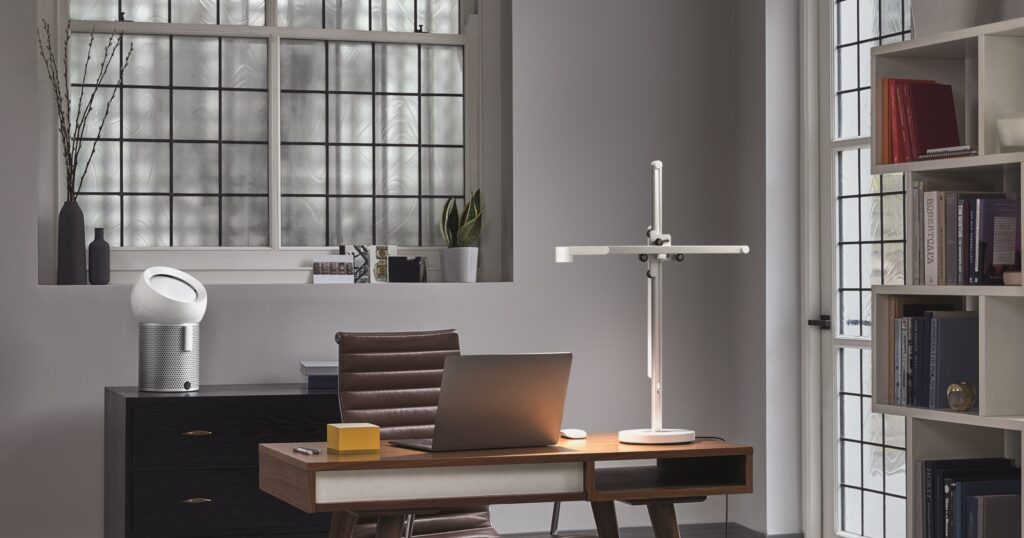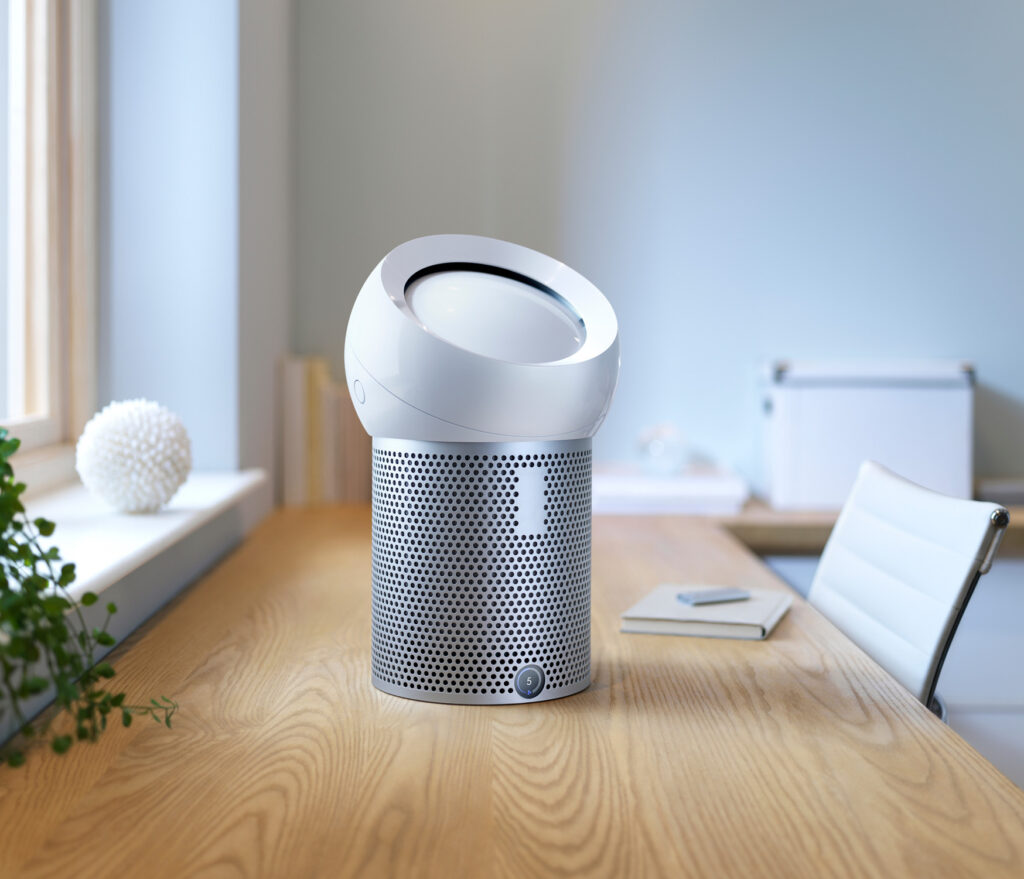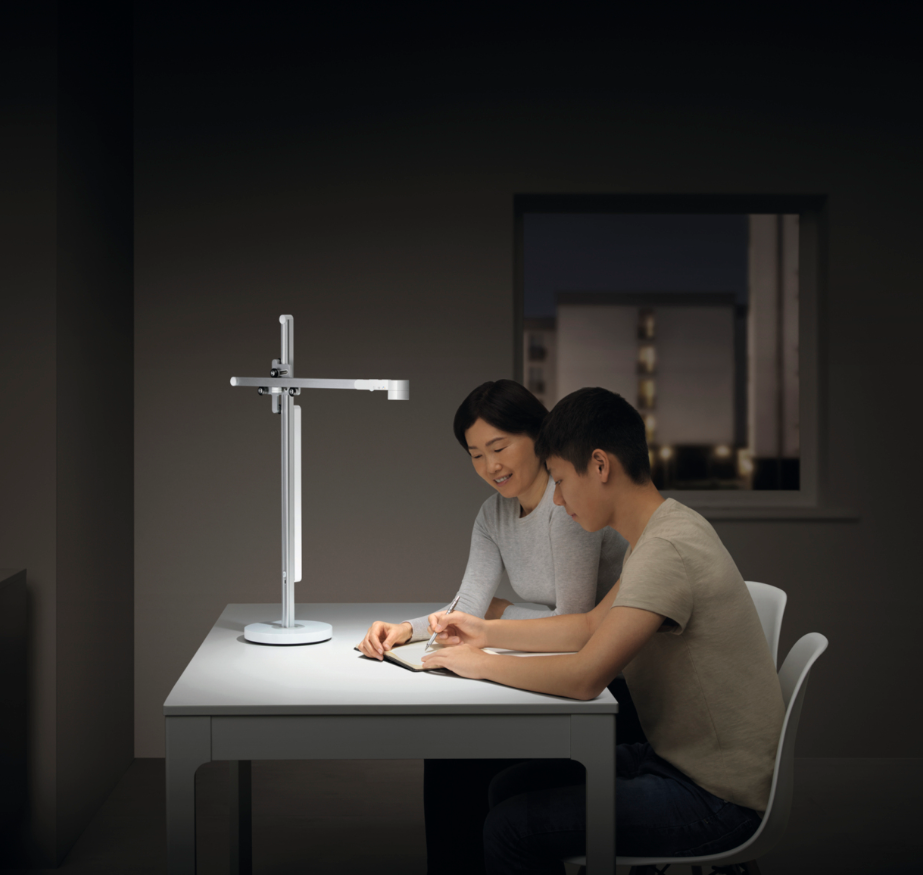
8 Top Tips on Working from Home from Dyson Engineers
Working from home is usually something of a luxury that’s doled out as a privilege in most companies for only the most necessary positions or tasks but the ongoing COVID-19 pandemic has put that notion by the wayside as it’s currently getting everyone from decision makers on down working from home.
While some essential tasks require a physical presence, the majority of knowledge workers have the option for working from home though in light of present circumstances, it’s become less of a privilege and more of a requirement. For those of us used to the mores and norms of an office setting, it’s a daunting task to actually get work done with all the distractions popping up at home but getting the right setup in your house rather than haphazardly setting up shop on the dining table or living room goes a long way to maximising your productivity.

Everyone has their own ideas on how to create an ideal home office environment but what better way to get the right answers than from the experts themselves. We had a chat with a team of engineers from Dyson who shared 8 top tips on creating a productive indoor work environment from a very unique perspective – that of an engineer. Seeing as we’re not boffins and are ofttimes more concerned with where the coffee dispenser is and if the table matches the carpets, their unique perspectives are insightful indeed:
8 Top Tips on Working From Home
Natural Daylight is Best
Table of Contents
Unless you work in the Arctic, you’ll be getting a good dozen hours of sunlight in a day and if you’re working from home, it’s best to make maximum use of it to regulate your work day. Centuries of evolution have tuned our biological clocks to a regular day and night cycle, with the day starting when we are exposed to morning sunlight as it signals your body that the day (and your work) has begun. It’s well worth it to set up your workspace near a well lit area like a window to kickstart your day as well as take advantage of your circadian rhythms. By the same token, sunset and nightfall also help you wind down and relax as it signals your body that the day’s labours have ended.

You can try and hack this aspect of our biology by using the light to optimise your productivity. What happens if you don’t have decent daylight at home or it’s too hot or glaring? One option is the Dyson Lightcycle which is bright enough to mimic daylight and which can be programmed to intelligently track local daylight so that you can still take advantage of your circadian rhythm for work and rest so you can create a viable workspace almost anywhere in the house. Better yet, it’s able to adjust the lighting based on your age as older people need more light while younger ones need less for a comfortable reading experience.
“Light matters to our wellbeing and task performance. When trying to recreate the characteristics of daylight, light quality is vital,” says Jake Dyson, Chief Lighting Engineer
Keep things cool
Try to avoid working in a room that is too warm which is something all too common seeing that we live in a tropical climate. That feeling of warm cosiness can make us feel sleepy or tired, but dialling the air conditioning up to polar conditions may also distract us and drive your ‘leccy bill sky high. Keep the temperature to just slightly colder than the ambient temperature (a degree or two) to stay in the optimum frame of mind for work.
Ditch the plants or keep them outside
Plants and a bouquet of flowers can add a touch of green and a splash of colour that’s relaxing on the eyes in your home office but if you suffer from allergies or hayfever, it may be advisable to avoid keeping plants or flowers near to your workspace.
Pollen and allergens may be suspended in the air for long periods of time and trigger distracting symptoms like watery eyes, sneezing and otherwise general hayfever. If you still need to have a plant within your line of sight, consider something that does not flower like succulents or keep them within view outside on the balcony or window.
“Household dust can be a concern, as it may contain allergens such as dust mite faeces and grains of pollen. Mattresses, bedding, upholstery and carpets can all accumulate unseen dust,” says Gem McLuckie, Advanced Research Scientist in Microbiology at Dyson UK.
Humidity matters
Humidity is an often overlooked factor to comfort. Large office spaces take significant effort to control the humidity with office-scale climate control systems and for good reason. If things are too dry, some people may notice their eyes, noses and mouths may get itchy. Too humid and people get equally uncomfortable. A humidifier would help in most home workspaces but in absence of that, a spritz or two from a fine water spray with clean water on your face once in a while would help.
Keep it quiet
Ensure that any appliances that you use to make your working space comfortable – air conditioning, humidifier, heater, lighting – aren’t too loud so as to distract you from the work at hand. Machines like the Dyson Pure Cool air purifier fans that feature a Quiet Mode or Night Mode would be a good choice as they’re whisper quiet to keep you in the zone and not distract you during a video conference call.

Light It Up
When setting up a workspace whether it’s for telecommuting or even just for studying, try to create a distinctive space specific for that use only. The right lighting plays an important role in this as it subconsciously tells your mind that this section of the house has a specific purpose.
A huge chunk of time is spent in offices and significant efforts have been taken when implementing building regulations to ensure that an office environment has the right lighting for the task at hand. Your home office should be no different.
While natural light is best, it’s also necessary to make sure it’s properly regulated so that it doesn’t bounce off reflective surfaces like your laptop display or the windows to glare in your eyes or cause eye strain. It’s also a factor when doing video calls as the wrong lighting can make both your colleagues in a video call strain to see you and vice versa.
Don’t be afraid to take control of the lighting sources around you, playing with various options until you find the ideal working setup for you. Play things up with window blinds or if necessary, tape an opaque cloth to the windows to make it less glaring during the daytime.
Rest Your Eyes
While it is important to stay focused when working from home, it is equally important to ensure that you’re giving your eyes the rest that they need. Looking at objects or reading at a fixed distance for a prolonged period of time often leads to eye strain – a slightly uncomfortable sensation for some and the cause of headaches for others.
Without realising it, the laptop and monitor displays that we use are often either too bright or not bright enough in relation to our surroundings, causing glare, which can worsen this situation. Be sure to adjust the brightness of your devices to provide a comfortable light level and text size if reading for prolonged periods. Look up from your screen and give your eyes a rest now again, as well as seeking to minimise screen time where possible.
Stick to A Schedule
Create and stick to a regular routine while also keeping your exposure to daylight – which also helps you get vitamin D too – in order to help regulate your working day. Try and form and stick to a daily schedule when working from home to create structure and enhance your productivity.

